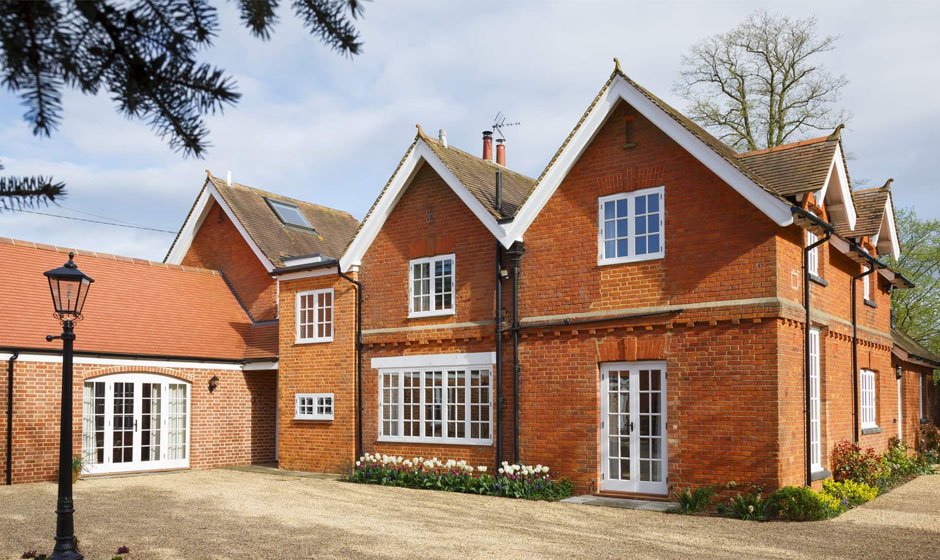The carriage house, with its rich history dating back to the 18th and 19th centuries, continues to captivate us today with its timeless charm and versatility. This architectural gem, once primarily designed to store horse-drawn carriages, has evolved over the years to serve multiple purposes, reflecting the changing needs of modern society. From housing horses and carriages, the carriage house has now transformed into a multifunctional space that can be adapted to various uses, including storage, guest quarters, home offices, workshops, and even elegant carriage house garage plans. In this comprehensive exploration, we will delve into the various facets of the carriage house’s purpose, unveiling the beauty and functionality it brings to contemporary living.
The Historical Significance of Carriage Houses
Carriage houses hold a significant place in history, embodying the charm and elegance of bygone eras. Dating back to the 18th and 19th centuries, these structures served as vital components of grand estates and urban residences.
Originally designed to shelter horse-drawn carriages and provide accommodations for carriage drivers, their historical significance extends far beyond mere storage. These architectural gems reflected the social status and wealth of their owners, showcasing meticulous craftsmanship and attention to detail. As the years passed, the need for carriages diminished, leading to the transformation of carriage houses into versatile spaces that adapted to the changing needs of society.
Today, these historical treasures continue to captivate our imaginations and inspire modern architectural designs, preserving the legacy of an era defined by elegance and sophistication.
Shelter for Transportation and Livestock
As time passed and transportation methods evolved, carriage houses also adapted to accommodate automobiles. In the early 20th century, when horse-drawn carriages were phased out, carriage houses were retrofitted to store motorized vehicles like cars and motorcycles. Additionally, some carriage houses continued to serve as stables for horses or other livestock, embracing their equestrian origins.
Transformation into Living Spaces
In recent decades, there has been a significant trend of converting carriage houses into living spaces. Renovations often involve transforming the structure into a guest house, studio apartment, or even a full-fledged residence. Due to their historical charm and unique architectural features, many homeowners find carriage houses appealing as secondary living spaces or rental opportunities.
Home Office or Studio Space
The versatility of carriage houses allows them to be utilized as home offices or studios. These separate spaces provide a peaceful and focused environment, ideal for creative professionals, entrepreneurs, or individuals seeking a quiet retreat to work on their projects without distractions from the main residence.
Storage and Workshops
Carriage houses are well-suited for storage purposes, offering ample space for seasonal items, gardening tools, sports equipment, and other belongings. Moreover, they can be transformed into workshops, providing a dedicated area for DIY enthusiasts or hobbyists to pursue their interests.
Entertainment and Recreation Area
For homeowners who love hosting gatherings and events, converting a carriage house into an entertainment area can be an excellent idea. Equipped with amenities like a kitchenette, seating area, and bathroom, these spaces are perfect for hosting parties, game nights, or family gatherings.
Guest Accommodation
When guests come to stay, a carriage house can serve as a comfortable and private accommodation option. This arrangement provides both guests and hosts with a sense of privacy and independence, ensuring a pleasant and enjoyable visit.
Increasing Property Value
Beyond their practical uses, carriage houses can significantly enhance the value of a property. Real estate buyers often find the presence of a well-maintained and versatile carriage house as a desirable feature. It adds to the overall aesthetics of the property and expands the functional living space, making it an appealing investment.
Beyond practical utility, the historical significance and timeless elegance of a carriage house contribute to its allure. Owning a piece of architectural history imbues a sense of pride and connection to the past while also impressing visitors with its unique charm. Furthermore, the potential for repurposing the carriage house as a workshop, studio, or recreational space opens up endless possibilities for homeowners to indulge in their passions and hobbies.
The carriage house, with its rich history and adaptability, has evolved from a functional storage space for horse-drawn carriages to a versatile and attractive addition to modern residential properties. While their original purpose has transitioned over the years, these structures continue to hold a special place in the hearts of many homeowners. Whether used as living spaces, home offices, workshops, or entertainment areas, the carriage house remains an architectural marvel that perfectly blends the past with the present. As we move into the future, the charm and utility of the carriage house are likely to endure, continuing to capture the imagination of homeowners and history enthusiasts alike.

